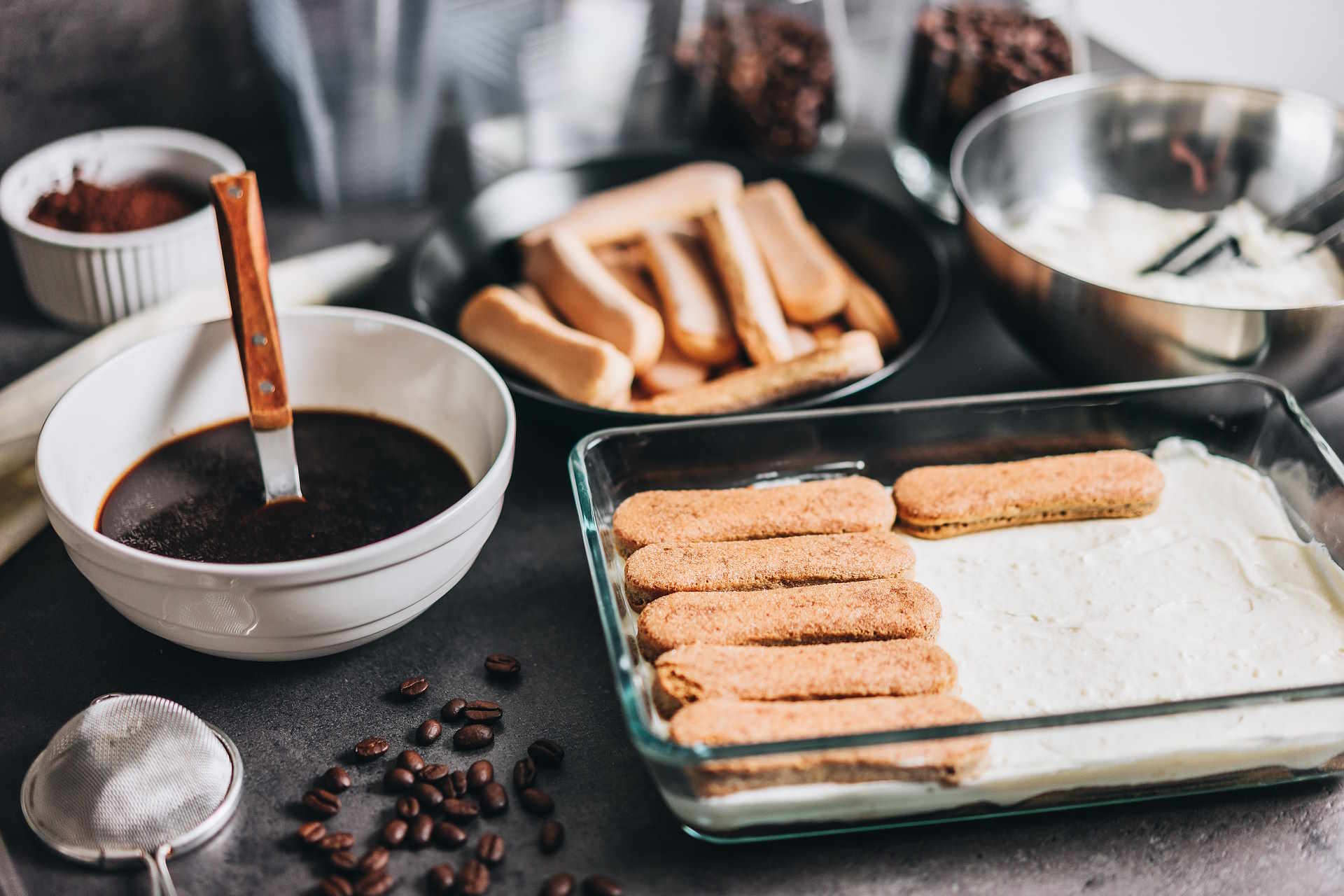How an Ice Cream Maker Can Help You Make Pro-Level Desserts at Home
Creating restaurant-quality ice cream in your own kitchen is no longer a distant dream. With the right ice cream maker and techniques, you can craft professional-style frozen desserts that rival those from premium gelaterias and ice cream shops. Home ice cream makers have evolved significantly, offering features and capabilities that make it possible to achieve the same creamy textures and complex flavors that professionals create.

What Are the Key Benefits of Using an Ice Cream maker at Home?
The benefits of using an ice cream maker at home extend far beyond simple convenience. First and foremost, you gain complete control over ingredients, allowing you to avoid artificial preservatives, excessive sugars, and allergens that commonly appear in commercial ice creams. This control is particularly valuable for individuals with dietary restrictions or those seeking organic, natural alternatives.
Cost savings represent another significant advantage. While premium ice cream can cost $8-12 per pint at specialty shops, homemade versions typically cost $2-4 per pint when factoring in ingredients. Additionally, you can experiment with unique flavor combinations that aren’t available commercially, from lavender honey to brown butter pecan. The freshness factor cannot be overstated – homemade ice cream contains no stabilizers or anti-caking agents, resulting in cleaner, more vibrant flavors.
Which Features Should You Look for in a High-Quality Ice Cream Machine?
Features to look for in a high-quality ice cream machine depend largely on your intended use and budget. Compressor models, considered the gold standard, feature built-in freezing units that eliminate the need for pre-freezing bowls. These machines can produce multiple batches consecutively and typically offer better temperature control, resulting in smoother textures.
Bowl capacity matters significantly – most home units range from 1.5 to 2 quarts, suitable for family servings. Look for machines with powerful motors (at least 85 watts) that can handle dense mixtures without straining. Timer functions and automatic shut-off features prevent over-churning, while transparent lids allow you to monitor texture development. Higher-end models include digital displays, multiple speed settings, and even built-in ingredient dispensers for mix-ins.
What Is the Step-by-Step Process for Making Ice Cream With a Home Machine?
The step-by-step process for making ice cream with a home machine begins with preparing your base mixture, whether custard-based (using eggs) or Philadelphia-style (cream and milk only). Heat milk and cream to dissolve sugars completely, then cool the mixture to room temperature before refrigerating for at least 4 hours – overnight is ideal for optimal results.
Pre-freeze your machine’s bowl for 12-24 hours if using a freezer-bowl model. Turn on the machine and pour the chilled mixture while the paddle churns. Most machines complete the churning process in 20-25 minutes, producing soft-serve consistency. For firmer texture, transfer the ice cream to an airtight container and freeze for 2-4 hours. The key is maintaining constant motion during churning to prevent large ice crystals from forming.
What Are Some Popular Flavors and Recipes to Try With Your Ice Cream Maker?
Popular flavors and recipes to try with your ice cream maker range from classic favorites to innovative combinations. Vanilla bean ice cream serves as an excellent starting point, requiring heavy cream, milk, sugar, egg yolks, and real vanilla beans. Chocolate enthusiasts should try rich chocolate custard using high-quality cocoa powder and dark chocolate.
Fruit-based options like strawberry basil or peach cobbler incorporate seasonal produce for fresh, vibrant flavors. More adventurous combinations include salted caramel with sea salt flakes, coffee with espresso beans, or even savory options like olive oil and rosemary. Vegan alternatives using coconut milk or cashew cream have gained popularity, proving that dietary restrictions don’t limit creative possibilities.
How Can You Achieve Creamy, Professional-Style Texture at Home?
Tips for achieving creamy, professional-style texture at home focus on controlling ice crystal formation and incorporating adequate fat content. The ideal base contains 16-20% fat, typically achieved through heavy cream and egg yolks. Temperature control is crucial – your base should be thoroughly chilled before churning, and the freezing bowl must be completely frozen.
Alcohol can improve texture by lowering the freezing point, preventing excessive hardening. Add 1-2 tablespoons of vodka, rum, or liqueurs per quart. Corn syrup or glucose syrup (1-2 tablespoons per quart) also inhibits crystallization. Avoid over-churning, which can result in buttery textures, and transfer finished ice cream promptly to prevent melting and refreezing cycles that create undesirable textures.
| Ice Cream Maker Model | Brand | Key Features | Price Range |
|---|---|---|---|
| ICE-21 Frozen Yogurt/Ice Cream Maker | Cuisinart | 1.5qt capacity, automatic shut-off | $60-80 |
| Smart Scoop | Breville | Compressor model, pre-cool function | $400-500 |
| Ice Cream Maker | KitchenAid | Freezer bowl, fits stand mixer | $80-100 |
| Gelato & Ice Cream Maker | De’Longhi | Built-in compressor, 2qt capacity | $250-350 |
Prices, rates, or cost estimates mentioned in this article are based on the latest available information but may change over time. Independent research is advised before making financial decisions.
Success with homemade ice cream depends on understanding the science behind freezing, fat content, and ingredient interactions. Quality ice cream makers provide the consistent churning and temperature control necessary for professional results, while proper technique and high-quality ingredients ensure optimal flavor and texture. With practice and experimentation, your home kitchen can produce frozen desserts that exceed commercial standards, offering both satisfaction and savings while accommodating personal preferences and dietary needs.




